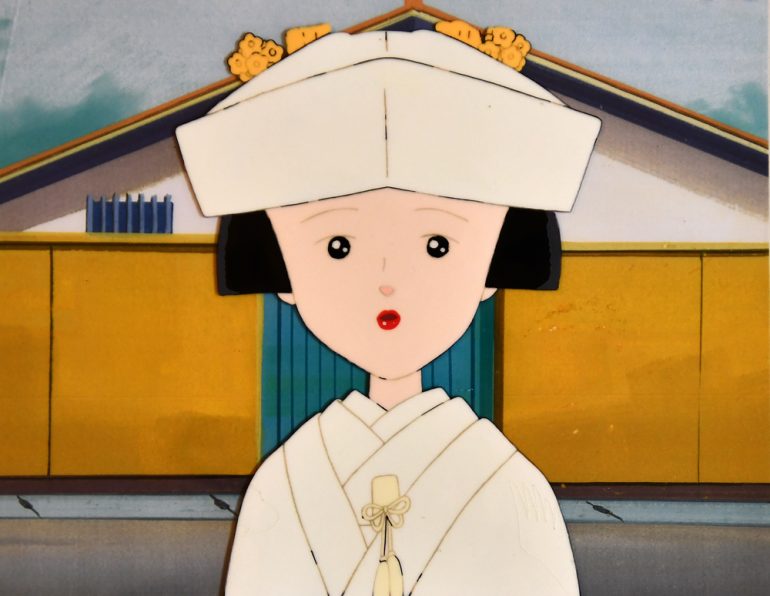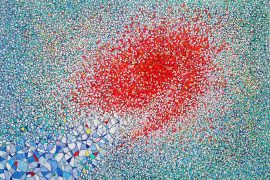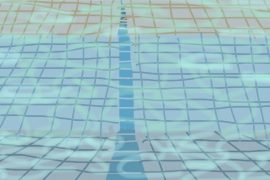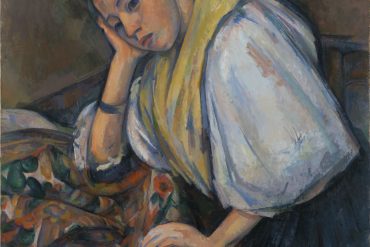The young artists of the 19th century in the West were heavily influenced by Japanese Ukiyo-e paintings, the result was the birth of Impressionism. Artworks of Monet, Manet, Degas, Renoir, Pizarro, Gauguin, and other masters of that period all could be found the traces of Ukiyo-e, those of portraying the Japanese daily lives.
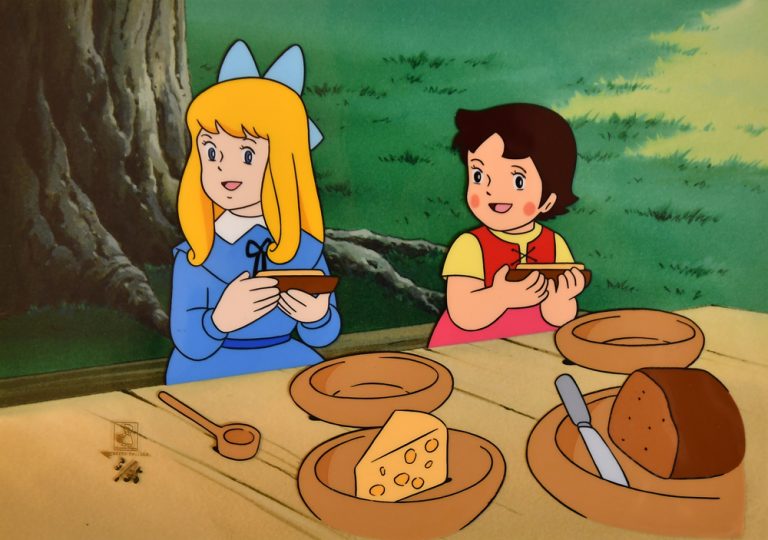
From Heidi Girl of the Alp
Ukiyo-e paintings were widely spread in the last half of the 19th century in Europe. It began at the World’s Fair in Paris and major exhibitions of the motifs and subjects were held in various countries, leading to the unprecedented JAPONISME fever and the firing interests of Orientalism. The “oriental aesthetics” had an unprecedented impact on different artworks styles like traditional European portraiture, figurative painting, and even the whole artists’ salon system.
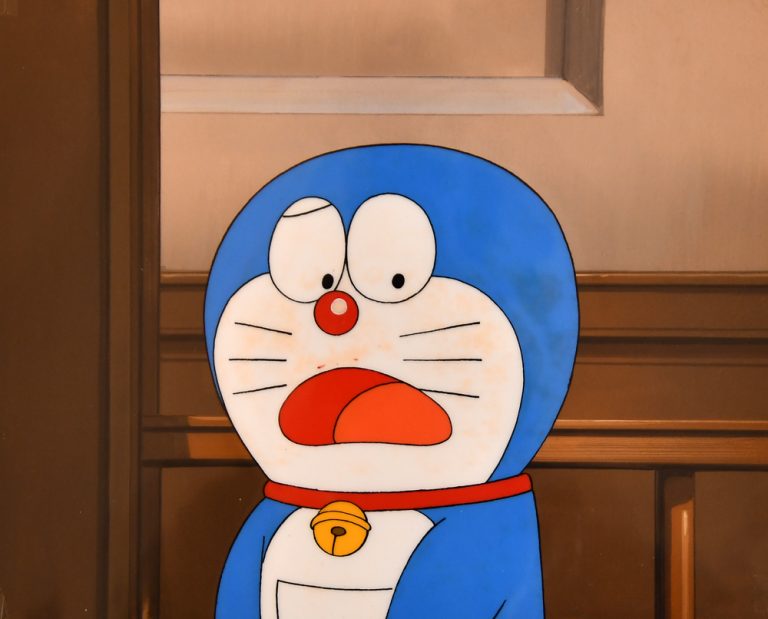
From Doraemon
In comparison, today JAPAN ANIMATION (anime sub-culture) seems to have similarities in the influencing strength as well. Takashi Murakami, Yoshitomo Nara, and later Izumi Kato, and even Maiko Kobayashi, those artists who are very active in the contemporary art world, the images were strongly influenced by anime culture. Therefore, you can even found the traits of animes in the works of KAWS, Liu Ye, or other new generation contemporary artists.
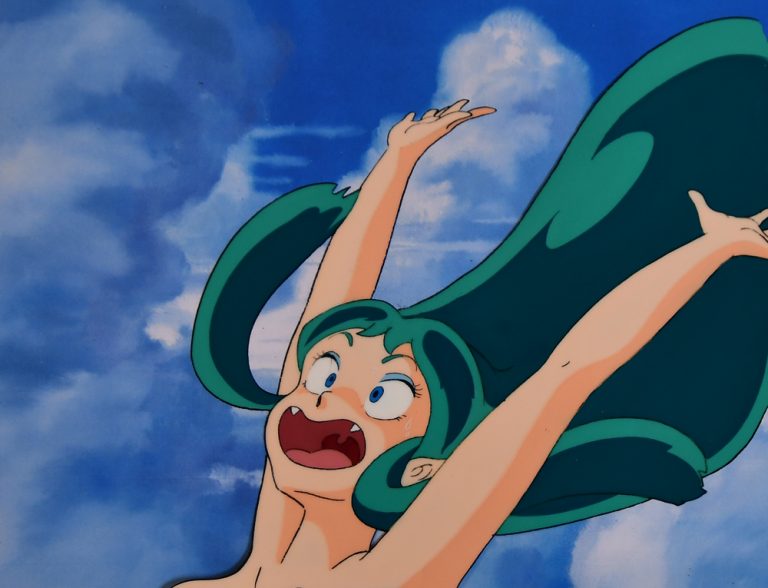
From The Return of Lum Urusei Yatsura
Speaking of the earliest stages of animation production, there is one name that can’t be ignored – “Celluloid Nitrate”, which was a technique invented in the United States then enter Japan and widely applied. The Japanese word “セル”, a.k.a the “Cell”, is a transparent film made of synthetic resin, in which the image of the anime is drawn directly onto the film while the background was printed on the paper. Overlapping movements would amplify the effects and made it more spacey.
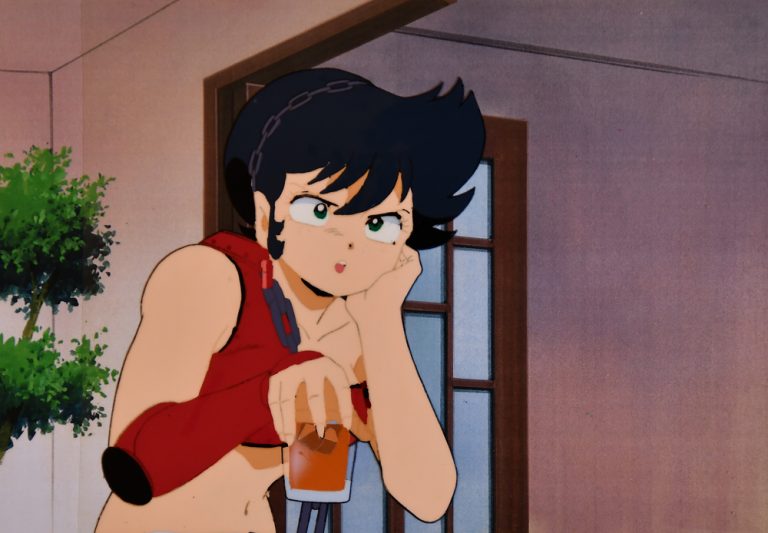
From The Return of Lum Urusei Yatsura
In order to make the works vivid, there are 8 to 24 celluloid “セル画” needed per second. Colors or shadows were usually painted as simple as they could so the huge among of works can be done efficiently, which were known as “anime paintings”. The main colored parts were painted on the back of transparencies with specialist pigments and a thick layer of paint was usually applied to enhance the aesthetics of photoing. Celluloid is usually available in two sizes, one is smaller for TV shows and the other larger one is made for theatrical releases, it would usually requiring an extra-large version for the scene conversion.
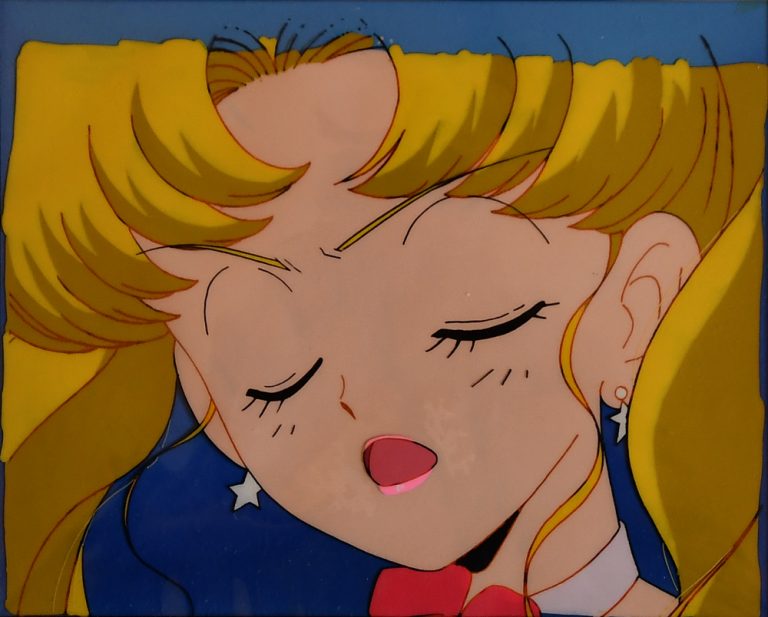
From Pretty Guardian Sailor Moon
“The Citi Exhibition Manga” at the British Museum held from May to August in 2019 was the largest exhibition about anime in history with many 180,000 visitors. Sale records created from different auction houses also drew people’s attention. In 2014, the original double-page ink drawing of “The Adventures of Tintin” by the Belgian cartoonist Elger was sold at auction in Paris for €2.65 million; in the same year, the first issue of the American comic “Superman” sold for as much $3.2 million at an eBay auction, recording the most expensive comic book ever sold at that time. Perhaps from that moment, it signed the nearing peak on the entire anime collecting industry and the global popularity of celluloid painting “Japanese animation Cel-Ga” has also ignited the market in recent years.
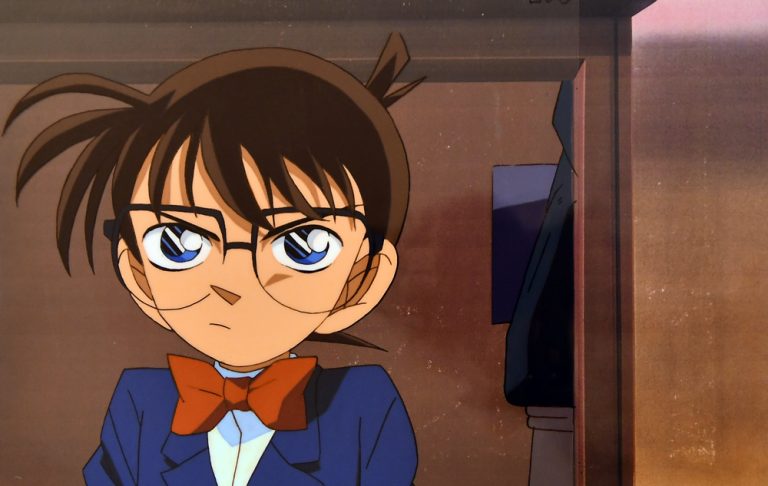
From Case Closed Detective Conan
As digital animation continues to grow the celluloid-produced animations are now withdrawn from the market due to the maturity usage of computer software or the consideration of the cost. Then their value of collecting in the international art market started to surface. At Sotheby’s Hong Kong Autumn 2019 auction, the original celluloid drawings of “Pocket Monster”, sold for HKD93,750. Then the original drawings of “Astro Boy – Firebird” by Osamu Tezuka and Hayao Miyazaki’s also sold at very high prices on the same auction. In Japan, the market share of the original anime drawings is even with its regional contemporary art sector.
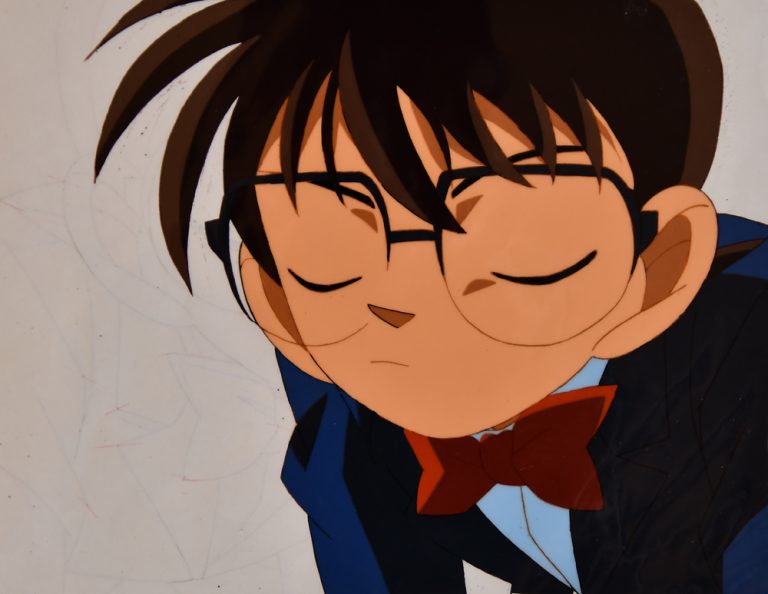
From Case Closed Detective Conan
There are two parts of “Cel-Ga” and one is the original drawing and the other is animated celluloid film. The original drawing was drawn by pencil and occasionally colored, and there would leave some traces of handwritten proofreading instructions or shadow traces. The preservation of these traces of the original is the most important and valuable material which lets us witness the birth of the anime.
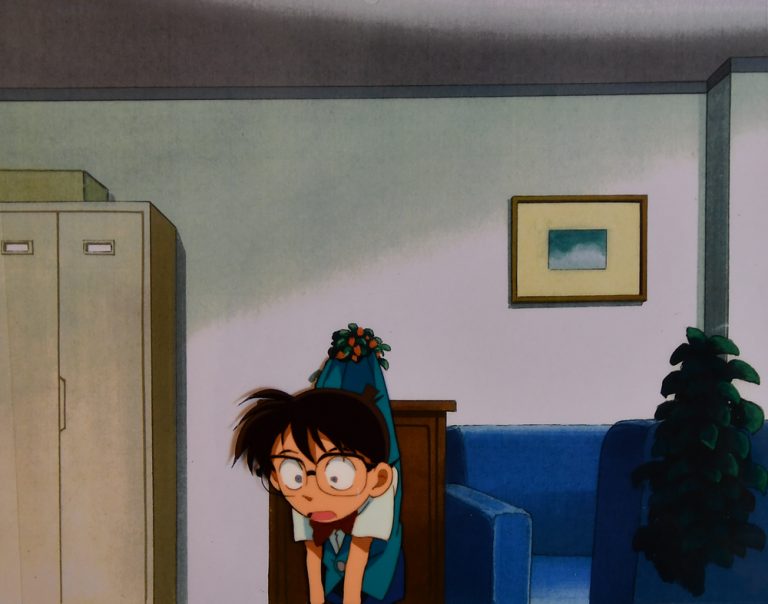
From Case Closed Detective Conan
At the end of the year and before Christmas, we are organizing an exhibition of Japanese Animation Cel-Ga collectibles. Though the original work, we hope to let you see the marks of cultural development through early craftsmanship and recall our childhood memories of anime. Would it be a collective memory that transcends all generations?
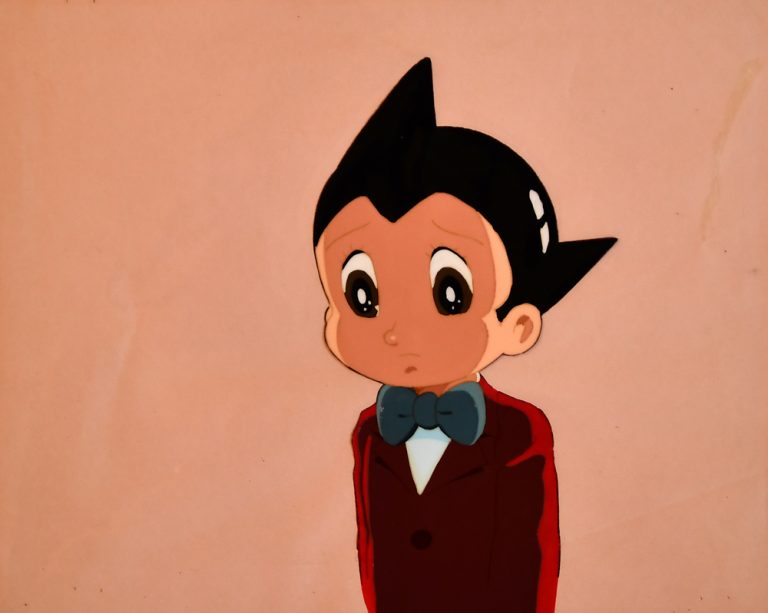
From Astro Boy
2020 is a year of turmoils, but it is also focusing us to ponder about our relationship with nature, humanity, or culture, and alert us to innovate based on the truth and value.
– Shun, wrote at the Zhujiajiao Studio

tik tok, tik tok… Japanese Animation Cel-ga
Duration: Dec.12th, 2020 (Sat.) – Jan.24th, 2021 (Sun.) 12pm – 8pm
Producer: Shun
Host: Shun Art Gallery
Address: Room 108, No. 3, Lane 1363, Middle Fuxing Road, Xuhui District, Shanghai
The mission of ArtThat Now is to make accessible the art history of our time. We do all of the uploading and maintenance for you:
• Featured on our bilingual website
• Recommended on Flipboard
• Featured in our eNewsletters *
• Featured in our Official Public Accounts *
• Timestamp On The Blockchain *
Discuss in Kanban. Welcome to search “艺廊网”, “artthat” and follow us on WeChat and Weibo.
Now join ArtThat Elites Club, then re-create with artists and take silk-screen handwork home!



